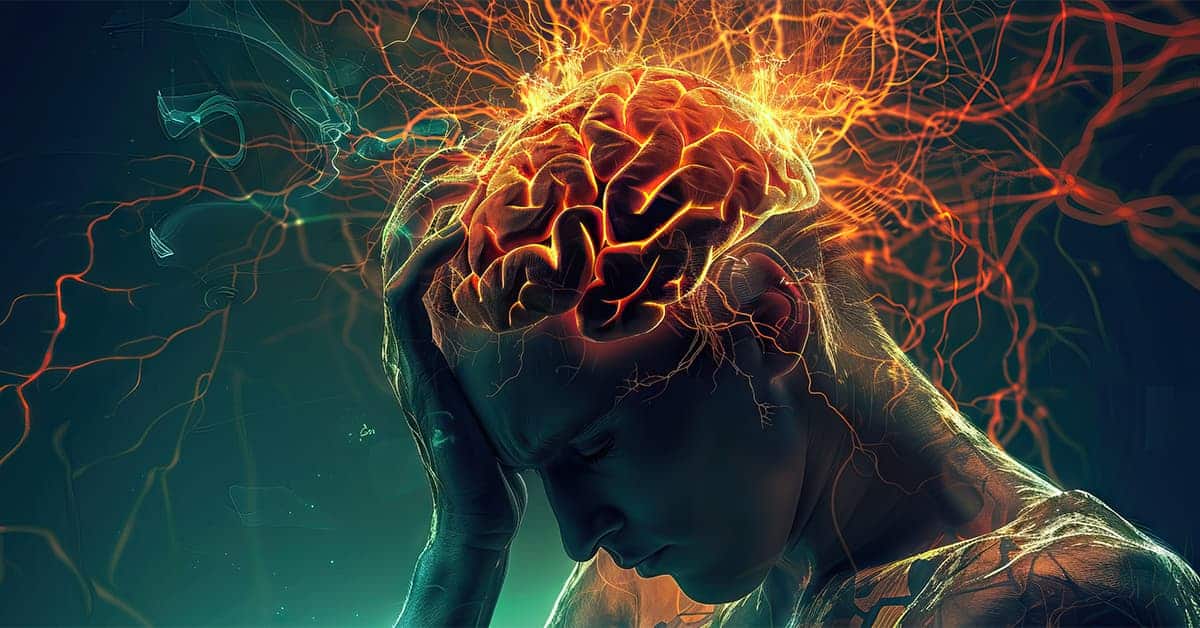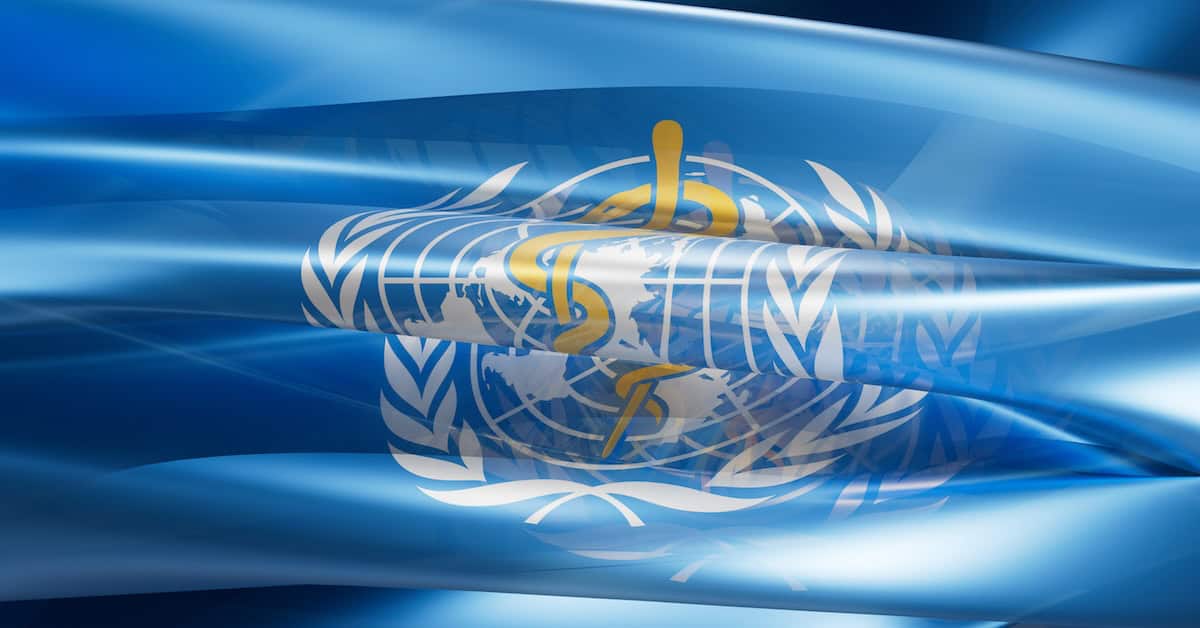It is worthwhile to watch a video from Andy Petro about his NDE (Near Death Experience) or perhaps some of the videos of Anita Moorjani about her experiences, which specifically involved healing cancer. These are some of the best videos I have ever seen about NDEs. Very calmly told, with a lot of detail that is very understandable, even more so when you begin to realize that we are minds that have a body and not bodies that have a mind. There are many more. I will just mention Mellen Thomas and David Bennett as some other interesting cases. Freud was a physician first, and he stubbornly kept thinking that eventually, all of the psychology that he was exploring would be reduced to chemical reactions in the brain. Freud also thought that, in effect, once you “completed” analysis, all you would have was a somewhat easier life with less emotional turmoil. So you spent years peeling the onion, and when you get to the bottom, there’s nothing there. No wonder my friend Ludwig Tiller, professor of Freudian Psychology, committed suicide after he got intensely questioned about there being nothing at the bottom of the onion.
The model of A Course in Miracles is similar, i.e., the course is a learning process that is very much akin to peeling an onion by practicing forgiveness and letting go of ancient hurts. The therapist is Jesus, through your own inner relationship with him, by always inviting you to see things with his eyes whenever you realize you are stuck in your ego’s way of looking at things and you cannot get out of your own way. Again, forgiveness is the way out. It is like the thread of Ariadne that leads us out of the labyrinth of the emotional baggage we carry along. It is not so much an analysis process, except that as we let things go, deeper layers automatically present themselves. The great difference of the Course’s model is that underneath the bottom layer isn’t nothing; there is the Love of God. Interestingly, the Course uses many concepts from Freud but reinterprets them in a different way; in particular, it does not think much of psychoanalysis:
What, then, should happen? ²When God said, “Let there be light,” there was light. ³Can you find light by analyzing darkness, as the psychotherapist does, or like the theologian, by acknowledging darkness in yourself and looking for a distant light to remove it, while emphasizing the distance? ⁴Healing is not mysterious. ⁵Nothing will change unless it is understood, since light is understanding. ⁶A “miserable sinner” cannot be healed without magic, nor can an “unimportant mind” esteem itself without magic. (ACIM, T-9.V.6:1-6)
The point here is that speaking of healing is meaningless unless we realize first and foremost that healing is reconnecting with our spiritual self, our higher self, if you will, not our personal self that runs around in the world. Every moment in life, but particularly moments of challenge and crises, represents another opportunity to choose to listen to our higher self. As Anita Moorjani says in her videos, the mission, your dharma, is to become who you really are. The mission is not to build the Eiffel Tower or some other accomplishment in the world, for this world is NOT our home. His Kingdom is NOT of this world.
What God has joined together, let not man cast asunder, but we do so all the time when we make our worldly relationships more important than our relationship with our higher self and through that to God. Watch again the moment in the Andy Petro video when he speaks of surrender. He seems to be very clear about the inner voice he hears at that point, which asks him to surrender. In terms of the healing traditions, I noted that Freud’s contemporary Groddeck had a clear sense that the cause is always in the mind and that physical illness is just an effect. In the US, it was Mary Baker Eddy who developed the next phase of understanding spiritual healing with her Christian Science, which unfortunately derailed by forcing people to pursue only spiritual healing when clearly medical care was in order. Then it was Joel Goldsmith, who was an apostate from Christian Science, who developed things even further, for he formulated clearly that the healing was about the whole person and seeing them as they are in truth. His book The Art of Spiritual Healing is very worthwhile. Quite evidently, Mary Baker Eddy later in life let go of her resistance to medical care when it was clearly appropriate, but at the same time, she also seems to have had a rapprochement with Joel Goldsmith and came to appreciate many of his insights. Here is how Goldsmith sums it up:
A practitioner of spiritual healing should never intrude into the family life of any person or any couple, nor judge humanly as to whether two people should get married, remain married, be separated, or divorced. That is not the business of the spiritual healer, and, furthermore, there is no easy way of knowing from outward appearances what the truth of the situation is. In all cases of marital discord and inharmony, hold to the fact that God is the only one and there is only one marriage, the mystical marriage. Such a marriage is God-ordained, and no man can rend it asunder. (The Art of Spiritual Healing, p. 129)
As to the practical aspect of the medical necessities, A Course in Miracles gives very loving guidance, as follows:
All material means that you accept as remedies for bodily ills are restatements of magic principles. ²This is the first step in believing that the body makes its own illness. ³It is a second misstep to attempt to heal it through non-creative agents. ⁴It does not follow, however, that the use of such agents for corrective purposes is evil. ⁵Sometimes the illness has a sufficiently strong hold over the mind to render a person temporarily inaccessible to the Atonement. ⁶In this case it may be wise to utilize a compromise approach to mind and body, in which something from the outside is temporarily given healing belief. ⁷This is because the last thing that can help the non-right-minded, or the sick, is an increase in fear. ⁸They are already in a fear-weakened state. ⁹If they are prematurely exposed to a miracle, they may be precipitated into panic. ¹⁰This is likely to occur when upside-down perception has induced the belief that miracles are frightening. (ACIM, T-2.IV.4:1-10)
In other words, if you think you need an aspirin, by all means, have the aspirin or whatever other remedy may be appropriate. The point is that physical interventions are all “magic,” for the physical is an effect, not a cause, hence the concept is simply that you are gentle with yourself, and if you feel you need medical attention, just get it, do what seems appropriate. The spiritual work can happen in parallel, even if you fully realize that it is actually the more important part.
The realization that the spiritual dimension is primary should also be reflected in the relationship with whatever healthcare providers you have to deal with, as with all people. We are all God’s children, and if we meet in that understanding, relationships will always be healing, for they will become living reminders of the church that Jesus wants to build on the rock of spirit within us. The Course, in the pamphlet on Psychotherapy, delves into the therapist/patient relationship and says this:
That is achieved by only one recognition: that only forgiveness heals an unforgiveness, and only an unforgiveness can possibly give rise to sickness of any kind.
6. This realization is the final goal of psychotherapy. ²How is it reached? ³The therapist sees in the patient all that he has not forgiven in himself, and is thus given another chance to look at it, open it to re-evaluation and forgive it. ⁴When this occurs, he sees his sins as gone into a past that is no longer here. ⁵Until he does this, he must think of evil as besetting him here and now. ⁶The patient is his screen for the projection of his sins, enabling him to let them go. ⁷Let him retain one spot of sin in what he looks upon, and his release is partial and will not be sure. (ACIM, P-2.VI.5:5–6:7)
In her new book, The Genius of EMPATHY, Dr. Judith Orloff discusses the sacredness of every healing relationship in similar terms. Some of her videos are very interesting, and she recognizes the trap of empathy. She has clearly learned how to manage empathy, which helps her in her work as a psychiatrist. When we expect salvation from medical interventions, they are magic. Seek first the Kingdom, which always must be first.
























